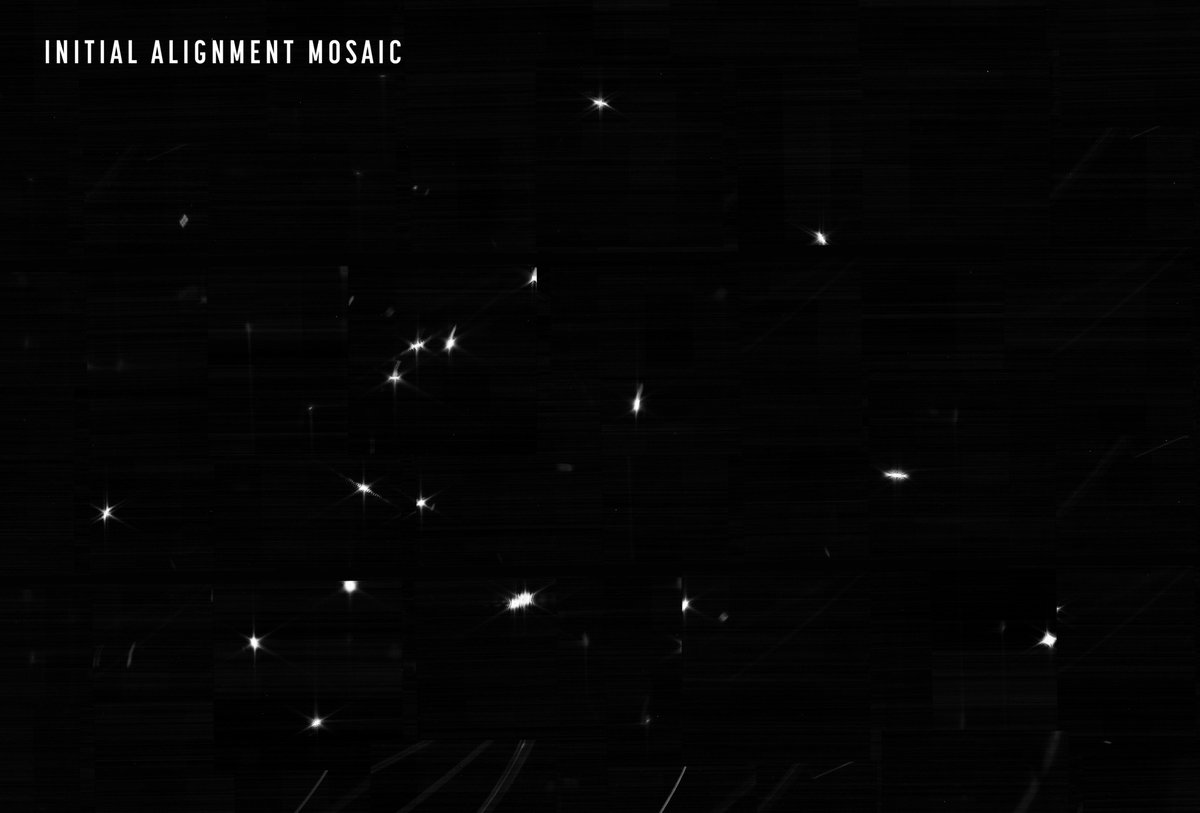
Bonus image! When it’s time to focus, sometimes you need to take a good look at yourself.
This “selfie” taken by Webb of its primary mirror was not captured by an externally mounted engineering camera, but with a special lens within its NIRCam instrument. #UnfoldTheUniverse
This “selfie” taken by Webb of its primary mirror was not captured by an externally mounted engineering camera, but with a special lens within its NIRCam instrument. #UnfoldTheUniverse

This special lens is meant for engineering, not science, and allows NIRCam to capture an “inward-looking” image of the primary mirror. This image helps us to check that the telescope is aligned with the science instruments. blogs.nasa.gov/webb/2022/02/1…
What you are seeing is the actual primary mirror of Webb as it observes its engineering target, a bright star. All the mirror segments are seeing starlight, but the bright segment is bright because, from NIRCam’s view, the segment is directly aligned with the star.
Over the next 3 months, we will be aligning each mirror segment individually so that all 18 reflections of this star are precisely overlayed until the telescope only sees a single, focused star. #ICYMI, check out this video ⤵️
https://twitter.com/NASAWebb/status/1492160627288195084
• • •
Missing some Tweet in this thread? You can try to
force a refresh







